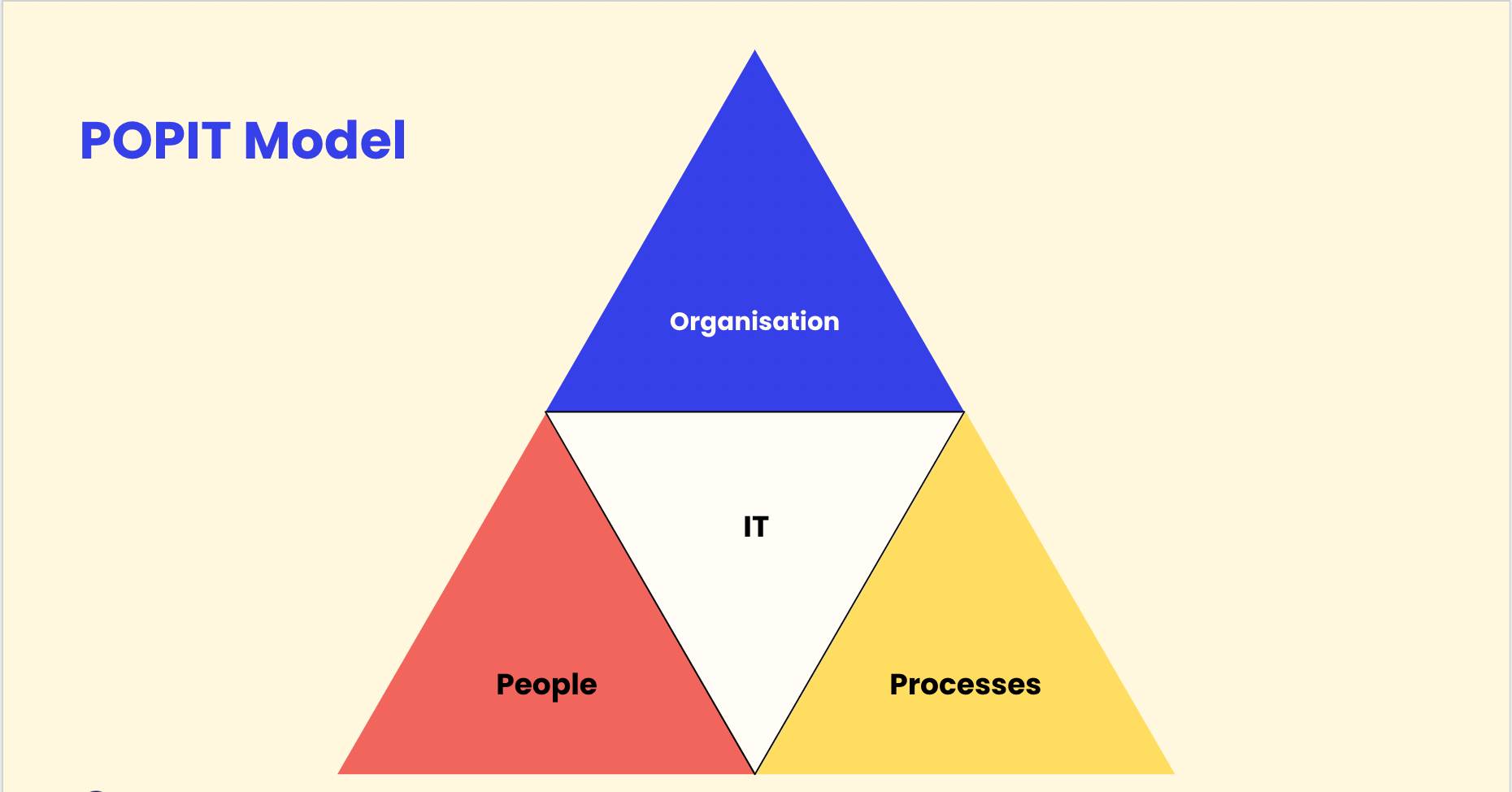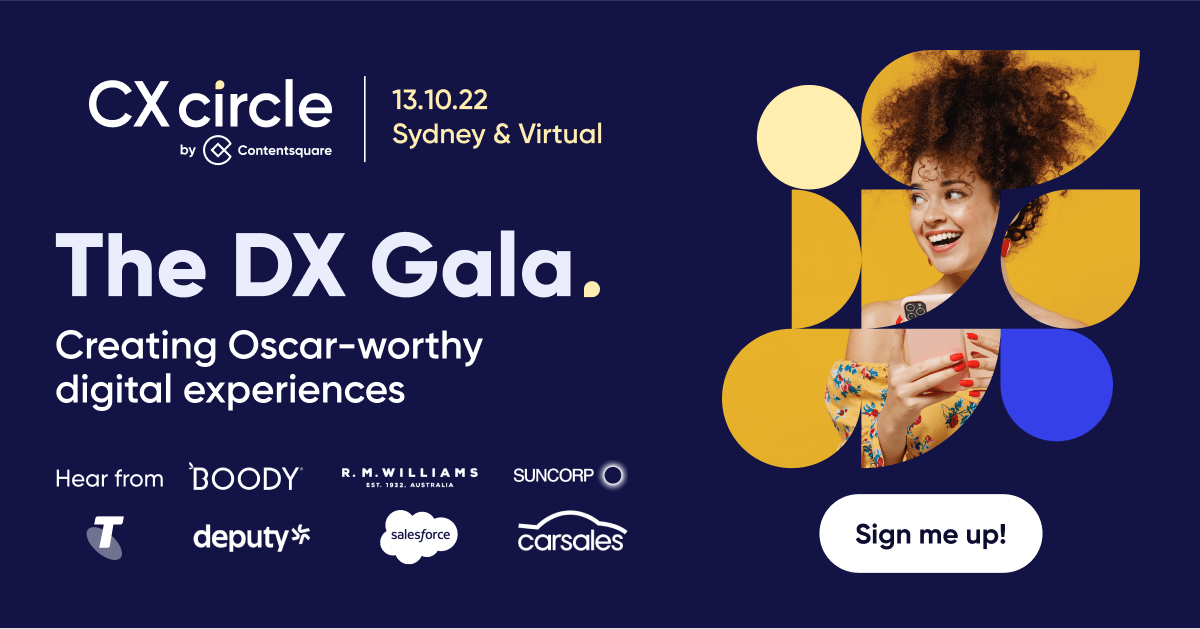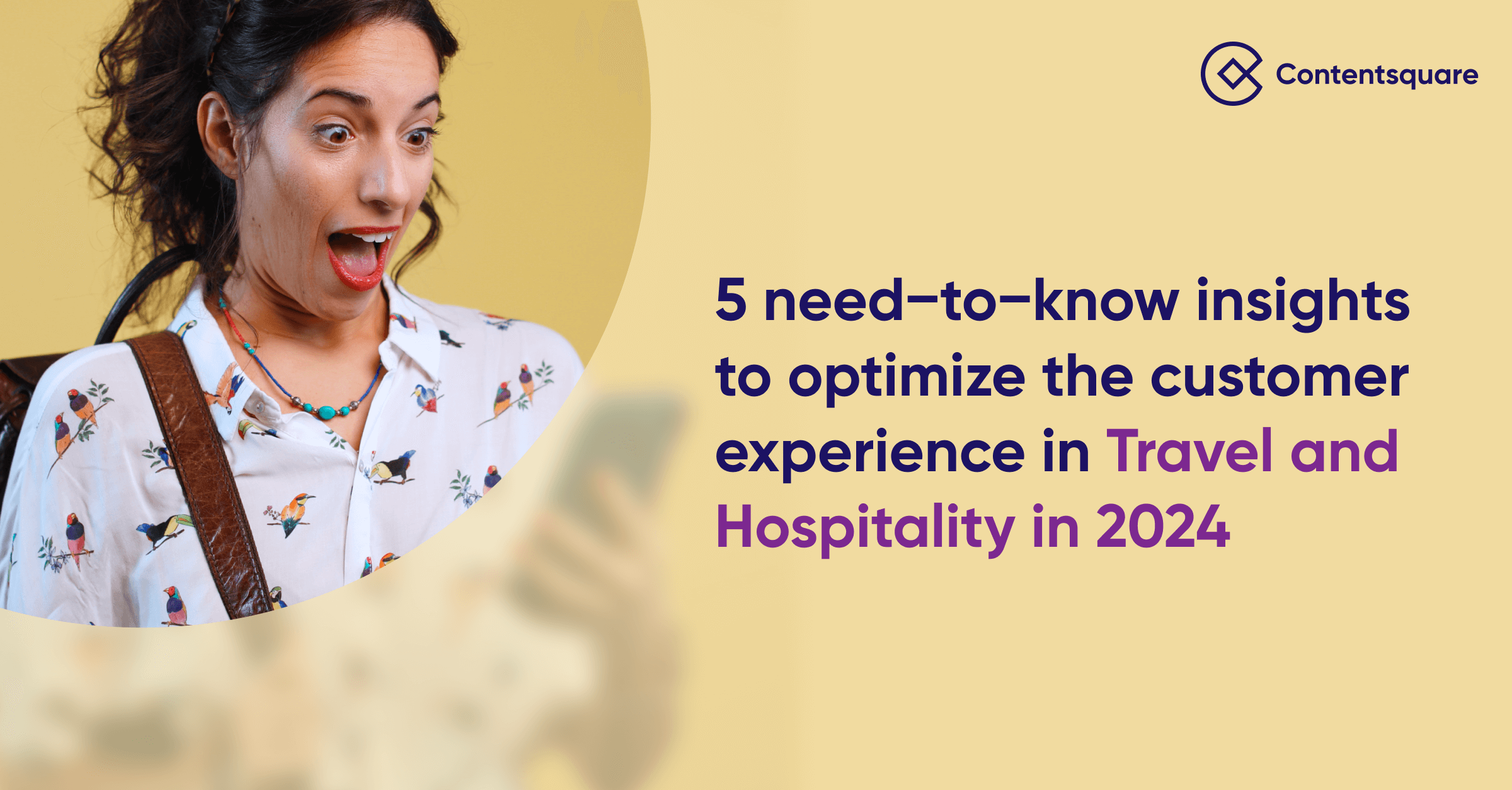Five key takeaways from CX Circle: The DX Beach Club

1. How to bring the beach club experience online
Our very own SVP of APJ, Albert Nel, broke the ice with his talk on humanising digital experiences. He covered three topics that should be on all brand’s agendas for 2022:1
1. Privacy: The elephant in the room
With customers growing increasingly privy to the data we collect and how we leverage it, Albert predicts that cookies will be obsolete by 2025. Ahead of this, we need to change the data we collect from profiling our customers to understanding our customers’ behaviours to deliver experiences in real-time that adapt to them even if you don’t have details like age, interests, gender etc.
2. Democratising data for all
Nearly half of teams make decisions based on gut-feeling, not data (source: Accenture). Given that the present baseline for brands is to instil data-driven cultures to continue driving ROI, Albert presents the POPIT (People, Organization, Processes, and IT) model as a starting point for organisational change. It’s about empowering people to consume & analyse data to effectively make decisions in their roles.

3. The importance of speed in a cookieless world
In an impatient world, speed is key in both web/app performance & in the agility to make changes based on real-time customer interactions. He lists three tips to improve your speed:
- Be mindful of LCPs, CLSs and TBTs
- Understand and quantify the financial impact of customer frustrations
- Ensure you can access visitor behavioural insight and action it at speed
Read about Contentsquare’s Fast 100 Campaign here.
2. Without data, it’s just another opinion
Vanja Stace, Chief Experience Officer, shared her experiences in taking heritage brand King Living’s experiences online. (For context, King Living offers personalised in-store experiences, with furniture customisation being at the core of its business).
In taking over online experiences, Vanja started by leading her team with data-based, customer-first decisions. Her predecessor designed based on personal preference by swapping out an inline navigation menu for a sleek hamburger menu.
Session replays showed that their customers began to struggle to use their menus and instead opted for search with a 435% increase in usage. This in turn, increased the time to conversion and drove frustrations.
Leveraging data, she opted to reinstall an inline menu, and the team saw a 223% increase in click rate alongside a 41% uplift in users reaching PLPs. She now implements this handy formula:
Data + Insights + Action = Improvement
3. Don’t underestimate the little things
Cathy O’Shannessy, Associate Director of Brand and Performance Marketing at Charles Sturt University, sat down with our favourite Account Exec, Simon Yazbek, for a beachside chat on all things customer journeys.
She shared how her team of 6 ideates and prioritised action items in her CRO program focused on improving customer DX. She cites “a healthy mix of data and gut feeling” to her success, noting that gut-feeling, again, must be informed by data-driven insights. Rarely do the CSU team have an issue with ideation, but what informs priority is timeliness and strategic fit. This is determined by their internal frameworks which map audiences and journey stages to determine which shorter-term wins & iterations of previous activity can be prioritised whilst they continue to run larger projects in the background.
Her advice to teams is to never underestimate the impact of little things- the things that make a difference to customers like special characters in a form and to always keep your online & offline silos consistent as that’s what the customer sees as a whole.
4. DX fundamentals
With Aperols in hand, Matt Robinson, VP of Marketing at Contentsquare kicked off with our DX panellists from Coles, Cashrewards & nib Group. Here’s how the panel took our beach bums from CXtourists to CXperts:
1.If you’re not doing the basics well, someone else will.
Mitul, Head of Product at Cashrewards chooses to keep things simple by asking his team if they’re nailing the basics of what consumers expect. “If you’re not doing [the basics] well, you’re likely to lose your customers.” Jess, Group Manager of Digital Growth & Performance at nib Group pipes up & says to “Forget the big fancy features first because it’s a point of friction”. Mitul, using his own three-tiered approach to enhancing the digital experience, says differentiation from competitors should come last after nailing the basics & delighting your customers.
“Baseline methodology for a digital experience starts with something functional & usable- get your baseline humming by identifying all the key levers that affect performance & success because you can’t measure what you don’t know,” says Stefan, Digital Optimisation Manager at Coles.
2.Get your priorities in check with experimentation
Jess speaks to her experiences at nib Group by looking at prioritisation by understanding desired business outcomes & employing a value lens via a point system; “We’ve gone through a process of validation to support our experiments & changes that inform our prioritisation framework.”
Coles’ Stefan says “in feeding prioritisation, [he’d] like experiments to inform what the business does next quarter”. Working on two primary levels of prioritisation: the first being the execution roadmap & the second being future-planning, “using experimentation functions & testing to validate baseline ideas with data & metrics that matter to c-suite” have been monumental to defining business priorities. Jess adds that at nib, “we feed into delivery teams & test before putting ideas to work to improve on cost-efficiencies. You know the delivery teams are working on things that have known value”.
3. Foster a data & analytics-led culture
The key to getting your DX off the ground is through tangible data that affirms experimentation & growth. At Coles, Stefan cites that having a centralised hub for data & depository that anyone can access serves as a source of truth. Jess agrees, stating that “consistency in getting out there & championing numbers gives us the freedom & trust to try different things, tools & experiences”.
“There’s something really elemental about [data in] pictures & numbers. Having a tool that can put the ‘why’ & ‘what’ together in a really simple way can move mountains” says Stefan.
5. If you don’t design with accessibility in mind, you’re saying you don’t want every fifth person’s business.
“Designing with accessibility in mind should be a part of your business’s foundations”, says Ben Pintos-Oliver, Digital Systems & Accessibility GM at Telstra. On his engaging fireside chat with Contentsquare’s UX/UI Strategist, Matt Christie, we revealed that more than 1 billion people globally live with some type of disability. That’s about 15% of the population.
In eCommerce, 70% of websites & apps are inaccessible to people with disabilities. In aiming to fix this, Ben suggests user testing with diverse and inclusive personas to tap into empathy and provide equal access to information and independence to all.
If you’re keen to learn more about creating award-winning digital customer experiences, then you’ll be in for a treat at CX Circle: The DX Gala on October 13th at Establishment, Sydney (or tune in virtually via Hopin). This full-day event is set to rival the Oscars with celebrity guest talks from Suncorp, Telstra, Boody, Lee Mathews & more. Get your name on the (free) guest list here.




